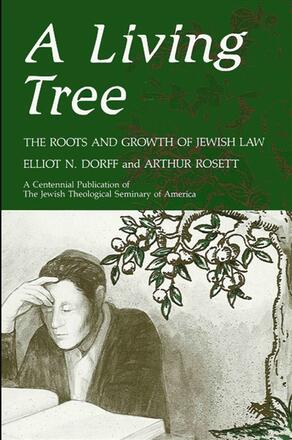
A Living Tree
The Roots and Growth of Jewish Law
Alternative formats available from:
Description
This book examines biblical and rabbinic law as a coherent, continuing legal tradition. It explains the relationship between religion and law and the interaction between law and morality. Abundant selections from primary Jewish sources, many newly translated, enable the reader to address the tradition directly as a living body of law with emphasis on the concerns that are primary for lawyers, legislators, and judges. Through an in-depth examination of personal injury law and marriage and divorce law, the book explores jurisprudential issues important for any legal system and displays the primary characteristics of Jewish law.
A Living Tree will be of special interest to students of law and to Jews curious about the legal dimensions of their tradition. The authors provide sufficient explanations of the sources and their significance to make it unnecessary for the reader to have a background in either Jewish studies or law.
Elliot N. Dorff is Provost and Professor of Philosophy at the University of Judaism. Arthur Rosett is Professor of Law at the University of California at Los Angeles.
Reviews
"This book is terrific. It provides the relevant legal sources for comprehending Jewish law and additional information (historical, sociological, etc. ) for understanding the evolution of Jewish Law. The authors' comments are invariably clear and helpful and frequently insightful. The book is not only interesting but it is exciting. The topic is important to Judaic studies and to historical studies in general. It is the best collection of material on Jewish law available in the United States. " — Martin Edelman, State University of New York at Albany
"What I like most about this book is the breadth of treatment without sacrifice of depth or sophistication. This is a fine English language introduction to Jewish la"— David Goodblatt, University of Maryland at College Park
"A Living Tree is, in our opinion, from both a pedagogical and a scholarly perspective, the finest book of its kind available today. The unique features of this book make it a valuable contribution to the scholarship of the field. Indeed, in many ways, we would expect that this book will become the standard English work on Jewish law. "— Rabbi David Saperstein and Sherman L. Cohn, Georgetown University Law Center